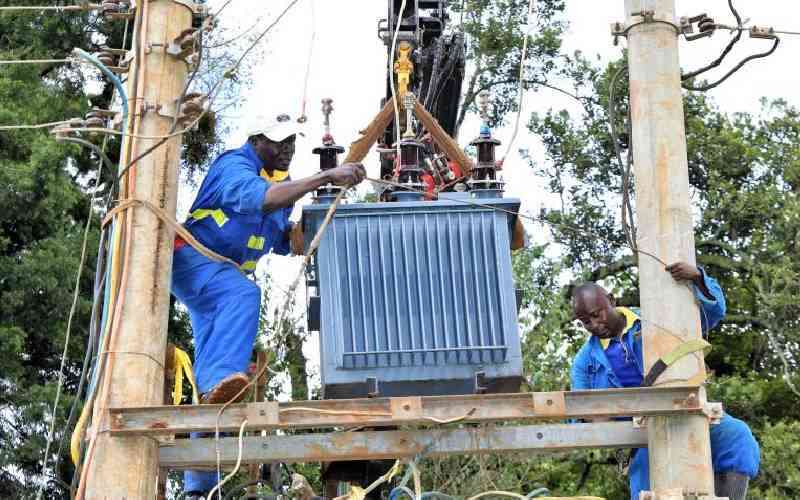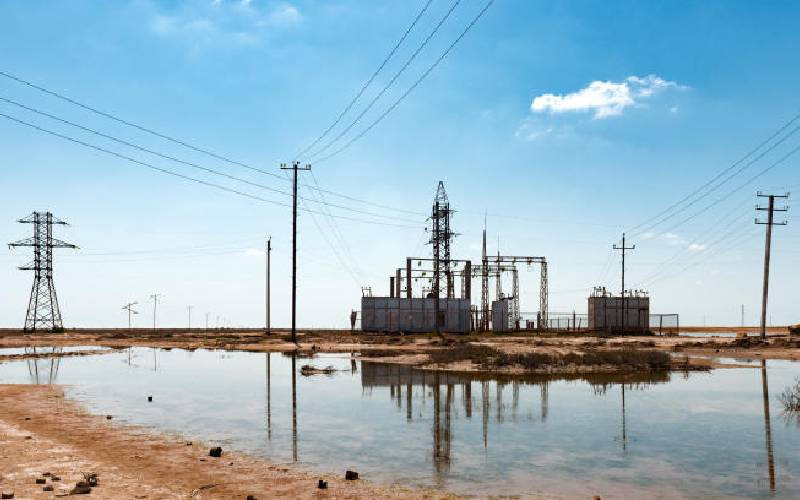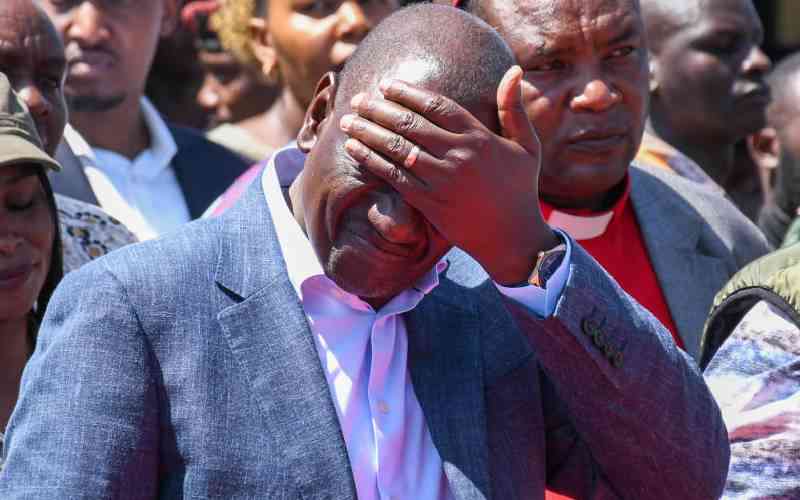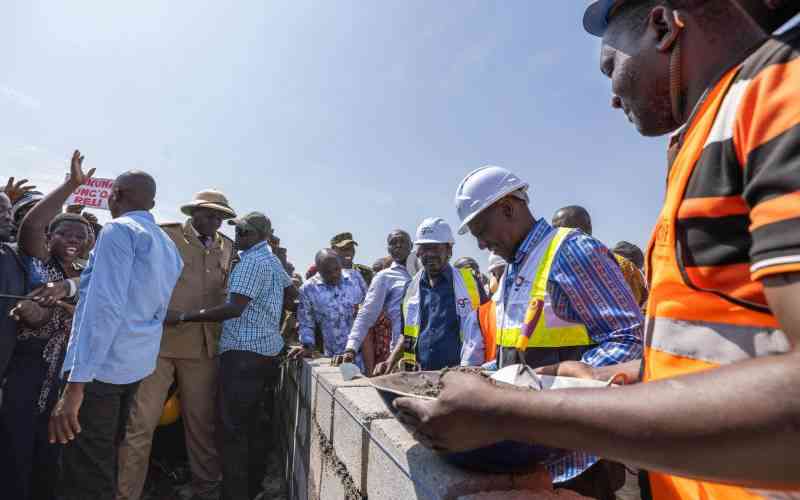×
The Standard e-Paper
Home To Bold Columnists
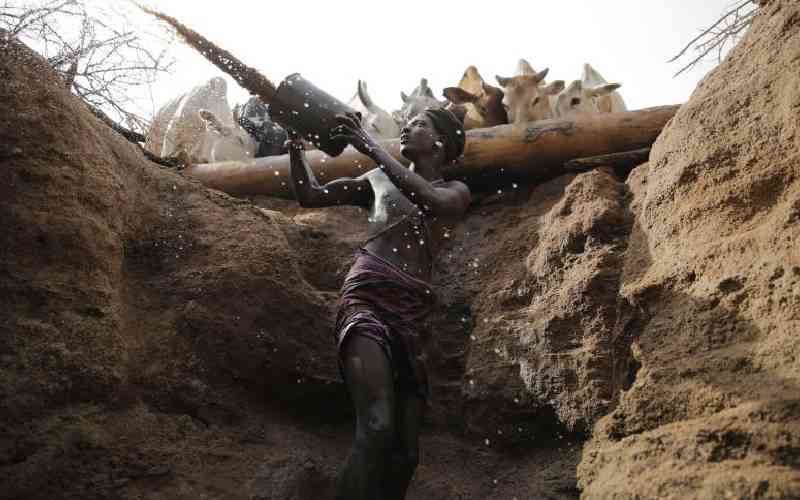
Kenya is among the least contributors of greenhouse gas emissions but still bears the brunt of climate change.
A third consecutive below-average rainfall is negatively affecting food availability in 20 of the 23 arid and semi-arid land counties.
